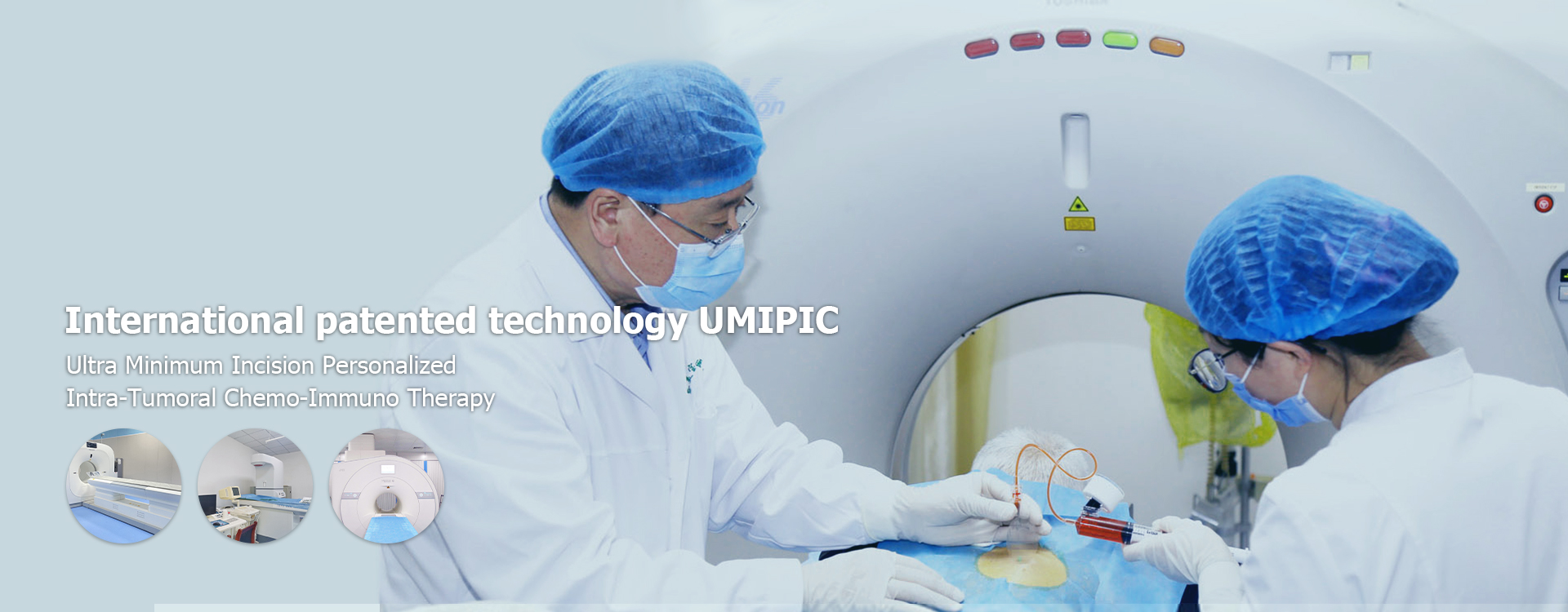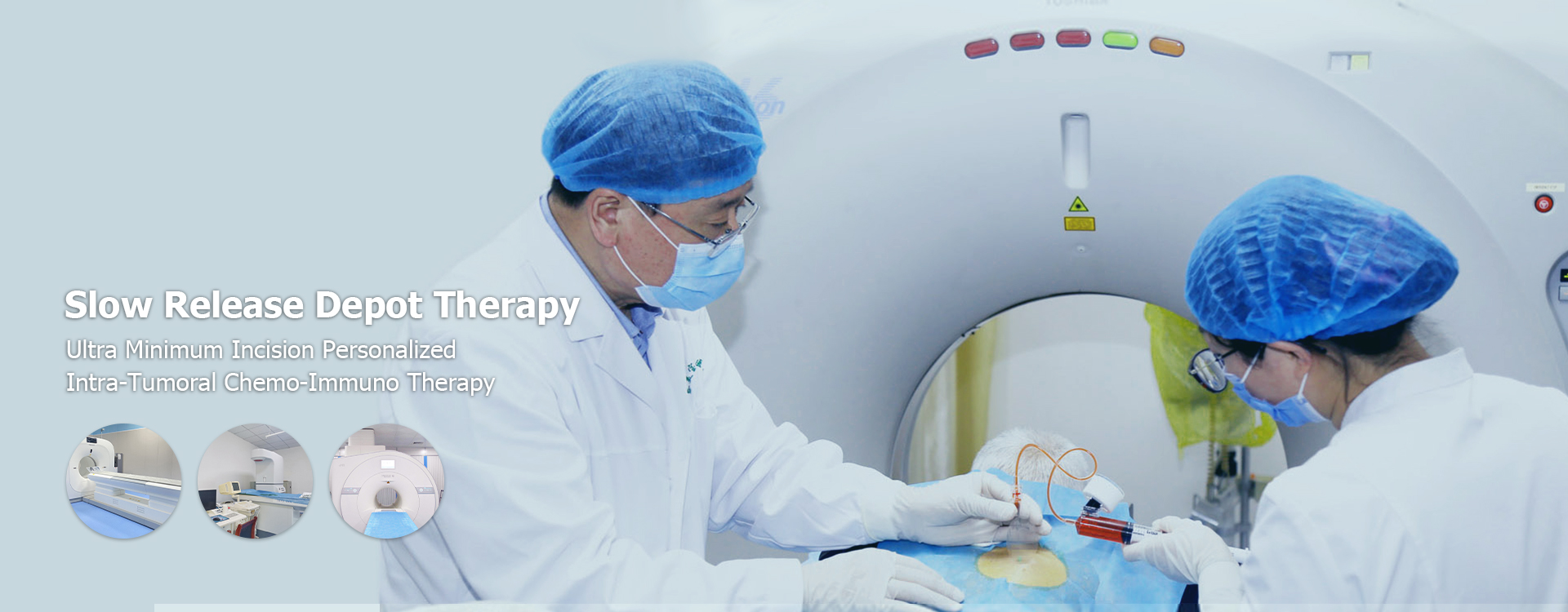
radiation treatment for lung cancer
Radiation treatment for lung canceruses high-energy rays to kill cancer cells. It's often used in combination with other treatments like surgery and chemotherapy. This guide explores the types of radiation therapy, how it works, what to expect during treatment, and potential side effects, providing a comprehensive overview for patients and their families.Understanding Lung Cancer and Radiation TherapyWhat is Lung Cancer?Lung cancer is a disease in which cells in the lung grow out of control. There are two main types: small cell lung cancer (SCLC) and non-small cell lung cancer (NSCLC). NSCLC is more common. Both types can spread to other parts of the body.What isRadiation Treatment for Lung Cancer?Radiation treatment for lung canceruses high-energy rays, such as X-rays or protons, to damage or destroy cancer cells. It can be used to treat lung cancer at any stage, depending on the type, location, and extent of the cancer, as well as the patient's overall health.At Shandong Baofa Cancer Research Institute, we focus on integrating the latest research findings into individualized treatment plans, potentially incorporatingradiation treatment for lung cancerwhen appropriate. Our expert team is dedicated to providing the best possible care.Types ofRadiation Treatment for Lung CancerExternal BeamRadiation Treatment for Lung Cancer(EBRT)EBRT is the most common type ofradiation treatment for lung cancer. It delivers radiation from a machine outside the body to the tumor. Modern EBRT techniques precisely target the cancer while minimizing damage to surrounding healthy tissues.Types of EBRT:3D ConformalRadiation Treatment for Lung Cancer(3D-CRT):Uses computer imaging to shape the radiation beams to match the tumor's shape.Intensity-ModulatedRadiation Treatment for Lung Cancer(IMRT):Delivers different doses of radiation to different parts of the tumor. This allows for higher doses to the cancer while sparing healthy tissue.Volumetric Modulated Arc Therapy (VMAT):A type of IMRT that delivers radiation continuously as the machine rotates around the patient. This can shorten treatment times.Stereotactic BodyRadiation Treatment for Lung Cancer(SBRT) / Stereotactic Ablative Radiotherapy (SABR):Delivers high doses of radiation to a small, well-defined tumor in a few treatments. Often used for early-stage lung cancer or metastases.Proton Therapy:Uses protons instead of X-rays. Protons can be precisely targeted, potentially reducing side effects.InternalRadiation Treatment for Lung Cancer(Brachytherapy)Brachytherapy involves placing radioactive sources directly into or near the tumor. This allows for a high dose of radiation to be delivered to the cancer while sparing healthy tissue. Brachytherapy is less commonly used for lung cancer than EBRT but may be an option in certain situations.HowRadiation Treatment for Lung CancerWorksRadiation treatment for lung cancerdamages the DNA of cancer cells, preventing them from growing and dividing. Over time, the damaged cells die, and the tumor shrinks. Radiation can also damage healthy cells, which is why side effects can occur. However, healthy cells are generally better able to repair themselves than cancer cells.What to Expect DuringRadiation Treatment for Lung CancerBefore TreatmentBefore startingradiation treatment for lung cancer, you will meet with a radiation oncologist, a doctor specializing in radiation therapy. The radiation oncologist will review your medical history, perform a physical exam, and discuss the treatment plan with you.You will also undergo a simulation, a procedure that helps the radiation therapy team plan your treatment. During the simulation, you will lie on a table while the radiation therapy machine is positioned around you. The team will take measurements and mark the treatment area on your skin.During TreatmentRadiation treatment for lung canceris typically given in daily fractions (small doses) over several weeks. This allows healthy cells to recover between treatments. Each treatment session usually lasts for 15-30 minutes.During treatment, you will lie on a table while the radiation therapy machine delivers the radiation. You will not feel the radiation, but you may hear buzzing or clicking sounds.After TreatmentAfterradiation treatment for lung cancer, you will have follow-up appointments with your radiation oncologist to monitor your progress and manage any side effects.Side Effects ofRadiation Treatment for Lung CancerThe side effects ofradiation treatment for lung cancerdepend on the type and dose of radiation, as well as the location of the tumor. Common side effects include: Fatigue Skin irritation Difficulty swallowing (esophagitis) Cough Shortness of breath Pneumonitis (inflammation of the lungs)Most side effects are temporary and resolve after treatment ends. However, some side effects can be long-term or permanent. Your radiation oncologist will discuss the potential side effects with you before treatment begins.Managing Side EffectsThere are several ways to manage the side effects ofradiation treatment for lung cancer, including: Medications Dietary changes Exercise Support groupsIt is important to talk to your radiation oncologist about any side effects you are experiencing so that they can help you manage them effectively.Radiation Treatment for Lung Cancer: EffectivenessThe effectiveness ofradiation treatment for lung cancerdepends on several factors, including the stage of the cancer, the type of radiation, and the patient's overall health. Radiation can be very effective in controlling or eliminating tumors, especially when combined with other treatments. Research at institutions like Shandong Baofa Cancer Research Institute continually strives to improve these outcomes through innovative treatment protocols.Radiation Treatment for Lung Cancer: CostThe cost ofradiation treatment for lung cancercan vary widely depending on the type of radiation, the length of treatment, and the facility where it is received. It's important to discuss cost and insurance coverage with your healthcare provider and insurance company before starting treatment.Latest Advances inRadiation Treatment for Lung CancerAdvances in technology and techniques are constantly improving the effectiveness and safety ofradiation treatment for lung cancer. These advances include:Improved Imaging Techniques:More precise imaging allows for better targeting of the tumor and reduced damage to surrounding healthy tissues.Proton Therapy:As mentioned earlier, proton therapy offers more precise radiation delivery compared to traditional X-ray radiation.AdaptiveRadiation Treatment for Lung Cancer:This approach adjusts the radiation plan based on changes in the tumor size and shape during treatment.Shandong Baofa Cancer Research Institute actively participates in clinical trials to evaluate new and promising radiation therapy techniques, offering our patients access to cutting-edge treatment options.Questions to Ask Your DoctorIf you are consideringradiation treatment for lung cancer, it is important to ask your doctor questions about: The type ofradiation treatment for lung cancerthat is recommended for you. The potential benefits and risks of treatment. The side effects you may experience. How the treatment will be administered. What you can do to prepare for treatment. What to expect during and after treatment.ConclusionRadiation treatment for lung canceris a valuable tool in the fight against this disease. By understanding the different types of radiation therapy, what to expect during treatment, and potential side effects, patients can make informed decisions about their care. If you have been diagnosed with lung cancer, talk to your doctor about whether radiation therapy is right for you.Disclaimer: This information is intended for general knowledge and informational purposes only, and does not constitute medical advice. It is essential to consult with a qualified healthcare professional for any health concerns or before making any decisions related to your health or treatment.For more information, please visitShandong Baofa Cancer Research Institute.Data and information presented here are based on current medical knowledge and referenced from reputable sources. Specific treatment outcomes may vary.
Relatedproducts
Related products
Best sellingproducts
Best selling products-
 Anthony, lymphocytic cancer patient from the United States 24
Anthony, lymphocytic cancer patient from the United States 24 -
 Famous American female painter Muriel
Famous American female painter Muriel -
 Andress, a 9-year-old boy from the United States
Andress, a 9-year-old boy from the United States -
 Nell Smith, a throat cancer patient from Switzerland
Nell Smith, a throat cancer patient from Switzerland -
 PAT, rectal cancer patient from the United States
PAT, rectal cancer patient from the United States -
 Mark, a prostate cancer bone metastasis patient from the United States
Mark, a prostate cancer bone metastasis patient from the United States
Relatedsearch
Related search- Cheap best lung cancer treatment centers
- top 10 lung cancer treatment centers cost
- Cheap top 10 lung cancer treatment centers Hospitals
- Cheap liver cancer causes near me
- lung cancer cost
- prostate cancer treatment near me
- Cheap best prostate cancer treatment centers 2021 cost
- China kidney pain Hospitals
- treatment stage one lung cancer treatment cost
- China experimental lung cancer treatment Hospitals





